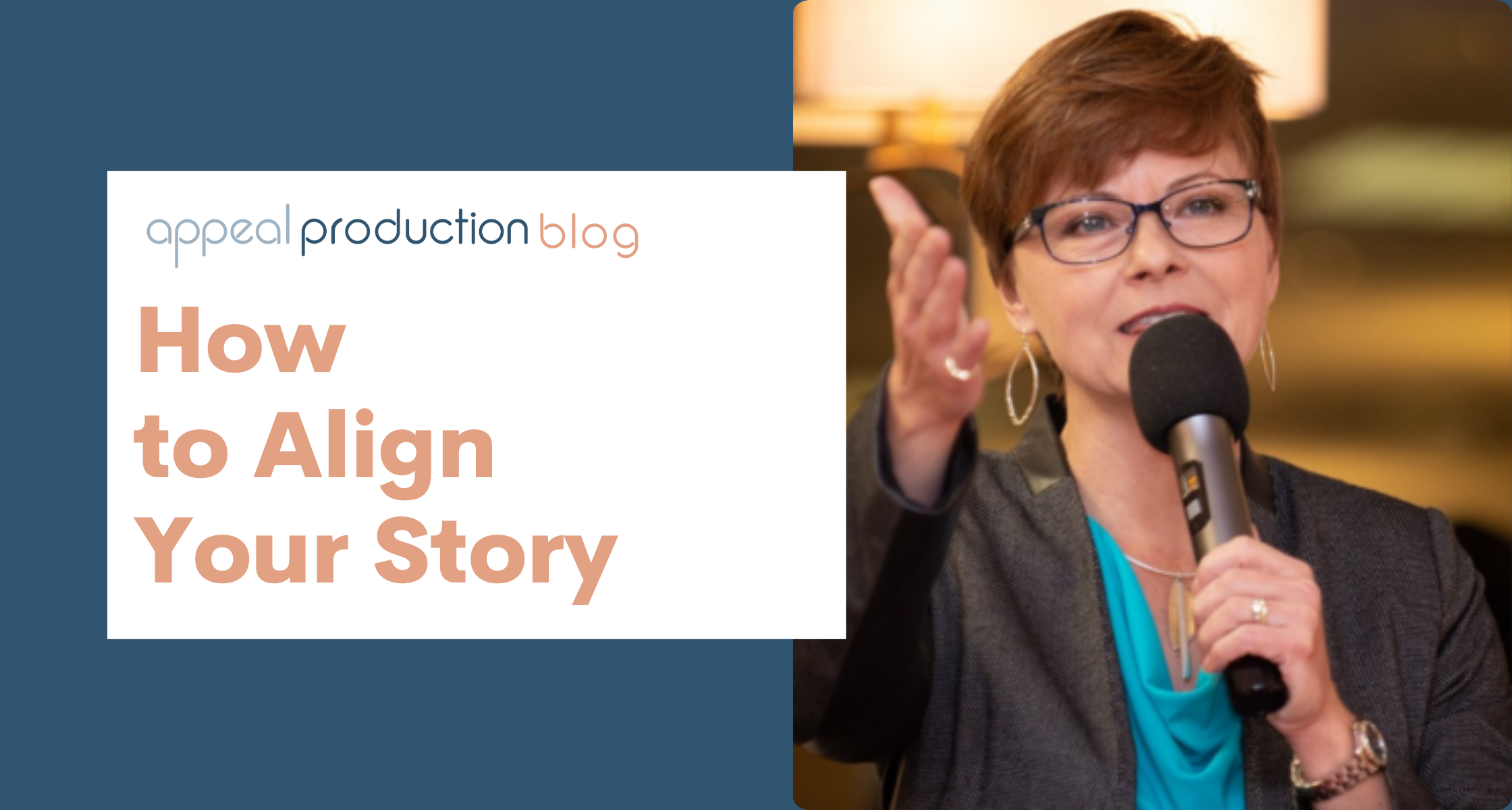Once you find your ideal customer, create a compelling story that will keep them interested in your company.
Our brains are wired for stories and have been since the beginning of time. That’s why when we can find opportunities to share our organization’s marketing messages in story format, it’s more compelling for our audience!
Strategic communications expert Whitney Hahn led our second Appeal Marketing Lab workshop, giving the audience some great insights into how they can align the story they tell to their ideal customers.
We pulled some interesting soundbites from Whitney’s presentation to share with you and inspire you to think more about the second step in your marketing journey: aligning your story.
First off, Whitney says that most organizations are making the mistake of talking about themselves without placing their target audience into the story.
“Take a look just at the homepage of your website. Count the number of sentences that start with “we.” If it’s more than two or three, there’s room for improvement, because when we put “we”, at the beginning of the story, as an organization, we’re putting ourselves in the hero role. What we really need to be doing is putting our customers in the role of the hero and putting them in the position to be the hero of their own story. Our organization, our products and services are merely there to help the hero survive and thrive. And if we’re not doing that, chances are they’re gonna bounce right off and they’re gonna go someplace else.”
Whitney also introduced us to the idea of an open story loop. This open story loop makes the listeners’ ears perk up and makes them lean forward and say, “Wait a minute…tell me more about that. I’m intrigued.”
“It’s like you’re in their head. It’s like you understand what they’re going through. And when you have created that sort of empathy, that’s chemistry. That is a really powerful thing. I love it when I’m talking with a prospect and they say something like: “Were you eavesdropping on our last board meeting? It’s like you were there. It’s like you know what we’re struggling with.” That is amazing stuff. And that means that we have great chemistry.”
Once you’re able to describe the problems your customer has in the way they’d describe the problems themselves, Whitney says it’s time to show them “a picture of what success looks like.”
“You’re helping them see themselves at the top of the mountain, whatever that means for them, however, they are thriving and surviving.”
Want to dive deeper into this topic? Watch the Full Workshop with Andy Vanhook from Appeal Production.




